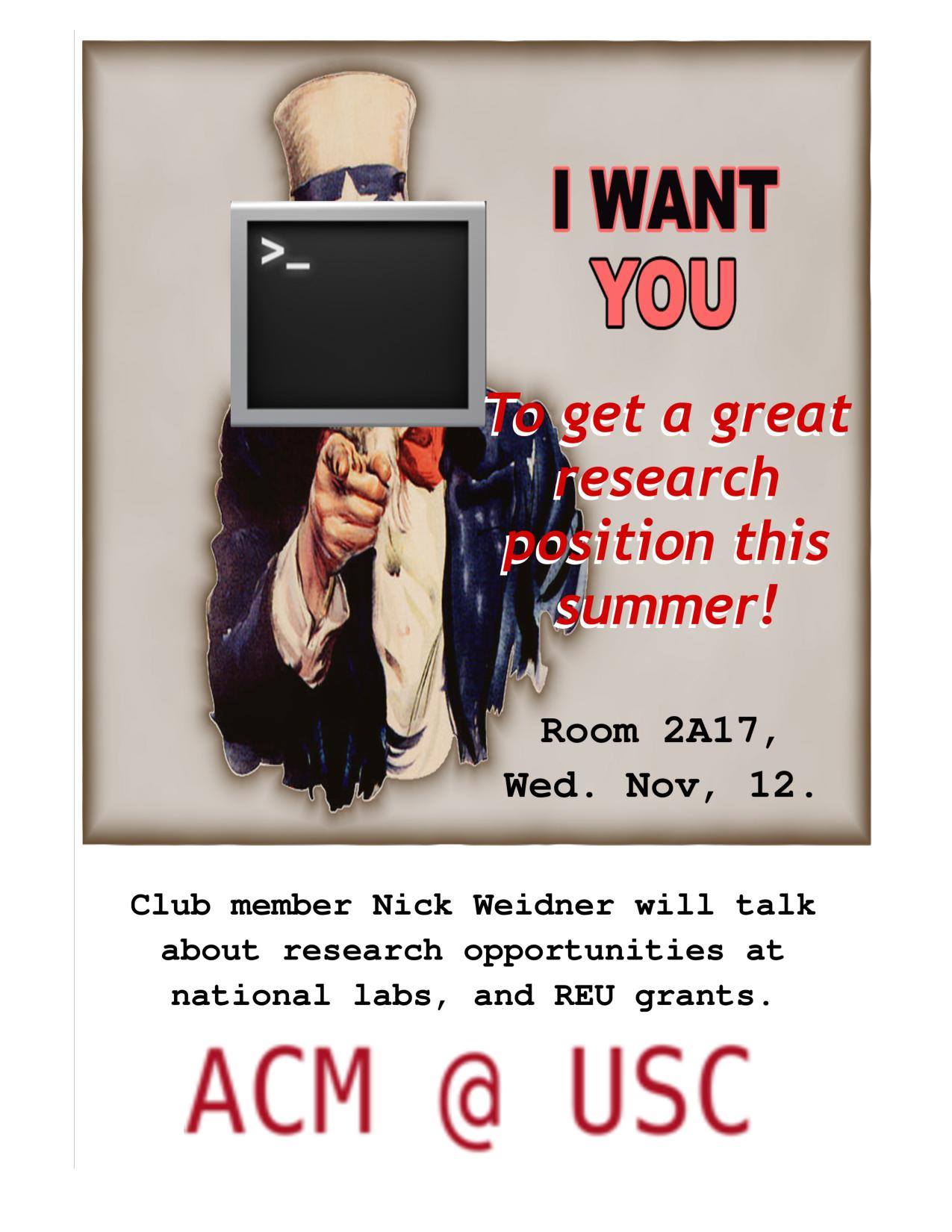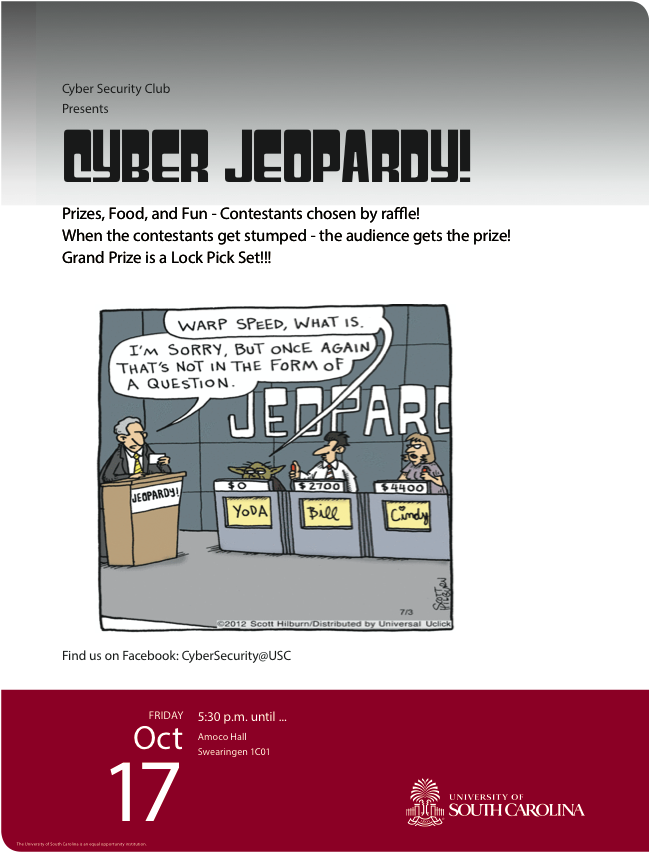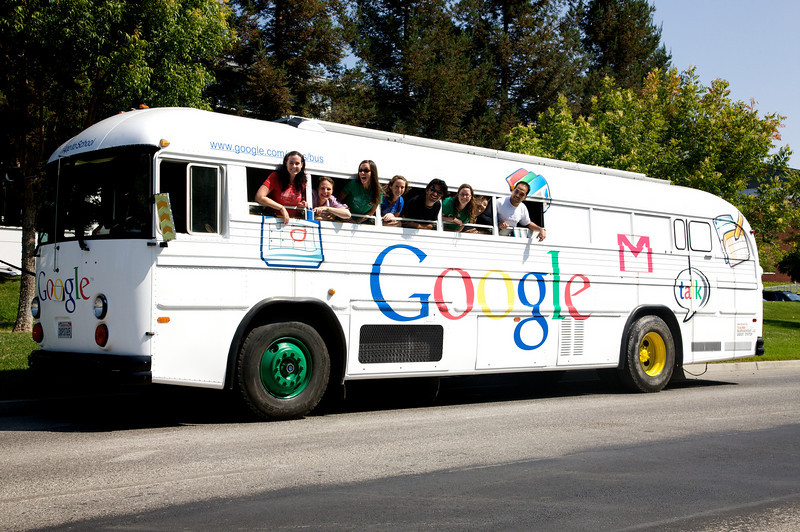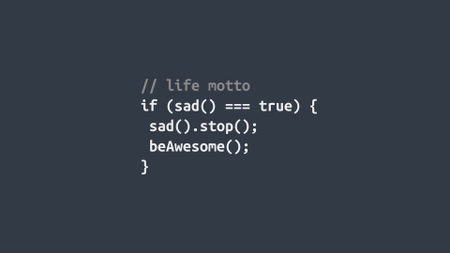Controlling Drones Across the World with JavaScript
- 15 views
Friday, November 14, 2014 - 03:30 pm
Amoco Hall, Swearingen Building
SPEAKER: Chase Gray
TITLE: Controlling Drones Across the World with JavaScript
VENUE: Amoco Hall, Swearingen Building
TIME: 3:30pm-4:30pm on Nov 14th (Friday)
ABSTRACT: Silicon Valley now has more opportunities than it ever has in the past. When I was studying at South Carolina, it all seemed so far away and unreachable. I had no idea how to try to get a job at Google or a small startup. Now that I'm there I can't walk down the street or into a bar without someone trying to convince me to leave my current job to join their company. During my talk we will go over what the job market and hiring process is like at many companies in Silicon Valley. I will discuss some examples of what it is like working at Google & my current startup, DroneDeploy. At DroneDeploy we use a cellular connected drone to send back images and data while in flight to ground control stations written in JavaScript on any browser and any location in real-time. I will go over what DroneDeploy does and a bit of how we accomplish it. We will go over some details about projects we are working on at DroneDeploy and the types of people we are looking for to join our team.
BIO: Chase graduated from USC with a Master's in computer science in 2008. During his last year in school, he started Ratchet Software and launched its primary product, MyHealthcareSource.com to provide parsing and processing of healthcare financial data in an easy to use format. Ratchet Software was doing well, so he relocated to South America and continued to focus building the business over the next few years. In 2012 he accepted an offer at Wildfire Interactive, which was acquired by Google a few weeks later. At Google he focused on integrating Wildfire's analytics suite with Google systems and moving some of their products to Google's new JS Framework, AngularJS. In 2014, Chase left Google to join a team of ex-googlers and Ph.Ds to make it possible for anyone to collect useful data using drones from a simple interface on any device. At DroneDeploy Chase mostly focuses on the AngularJS frontend which is used to communicate with and control the drones as well as analyze the maps being created while the drone is still in the air.




 Hello Carolina students!
Google's mission is to organize the world's information and make it universally accessible and useful. It's an enormous goal to accomplish and we need great people to help us achieve it!
We invite you to come learn about Google and meet one of our Google engineers at this exciting event!
Who: All Computer Science and Engineering students, but anyone with an interest in software development is welcome!
What: Tech Talk - Testing at Google Scale
Date: Wednesday, October 15th
Time: 6:00 - 7:00 pm
Where: Amoco Hall, 300 Main
RSVP: Please use this link (
Hello Carolina students!
Google's mission is to organize the world's information and make it universally accessible and useful. It's an enormous goal to accomplish and we need great people to help us achieve it!
We invite you to come learn about Google and meet one of our Google engineers at this exciting event!
Who: All Computer Science and Engineering students, but anyone with an interest in software development is welcome!
What: Tech Talk - Testing at Google Scale
Date: Wednesday, October 15th
Time: 6:00 - 7:00 pm
Where: Amoco Hall, 300 Main
RSVP: Please use this link ( Code-a-thon time!
Code-a-thon time!